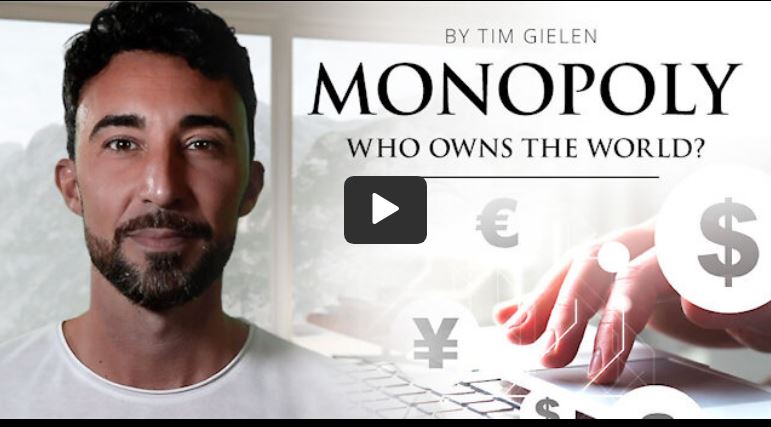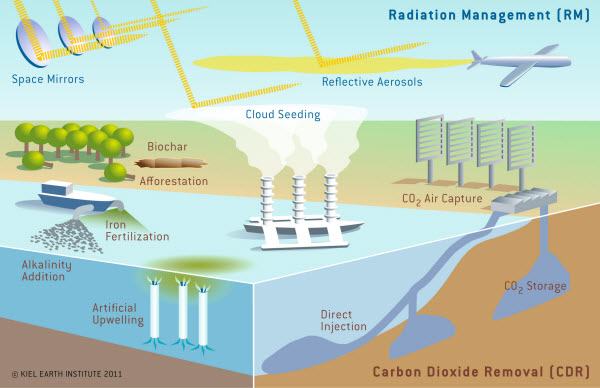DIGITAL ID – As laid out under SDG Goal 16.9
Kate Mason from IMOP gives us the best breakdown to explain to our communities what the United Nations Sustainability Goal No. 16 really means in relation to Digital ID. (01)
This is a community-rated version because looking at the targets for Goal 16, I know it’s far more nefarious the deeper you go. (02) (03)
DIGITAL ID An explanation of how it’ll be the only way to access goods, services, work & recreation.
22 July 2023: YouTube | YouTube | Rumble | Rumble-Mirror | Telegram | Telegram-Mirror
- An explanation of how it will be the only way to access goods, services, work and recreation.
- The truth on what it really means for every person on the planet.
- The Hard Truth About The United Nations Sustainable Development Goals.
- This is part of a larger series unpacking each of the SDG’s: Open Voice on Youtube.
My name is Kate Mason, and I will be unpacking the United Nations Sustainable Development Goal number 16:
SDG Goal 16: Promote peaceful and inclusive societies for sustainable development, provide access to justice for all and build effective, accountable, and inclusive institutions at all levels.
16.9 By 2030 provide legal identity for all, including birth registrations. (This means digital ID.) (04)
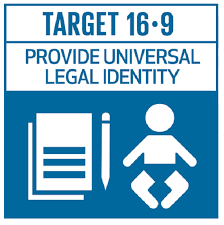
In the UN report, “Roadmap for Digital Cooperation,” they explain that they want everyone with a digital ID to be able to access goods and services and be connected to the internet by 2030. (05) (06) (07)
And the United Nations will be the platform to oversee the process.

The World Economic Forum, comprising the 1000 largest corporate entities with individually $5 billion in turnover, is invested in digital ID. They explain that it’s pivotal to access finance and work, and they’re calling for a decentralized ID (blockchain). (08)
To quote John Hinder: “…Blockchain is a digital ledger that keeps track of EVERYTHING. Picture a real-time account book that keeps track not only of your monetary assets but also civil records like birth certificates, marriage certificates, and court proceedings, voting records, property ownership, certifications, and educational credentials, health education including DNA and data from wearable technologies, public benefit access like food stamps, and even one’s movements and social interactions via QR code, health passports, and contact tracing.” (09) (10)
So what is Digital ID? It’s a single citizen digital identity system built around a unique identifier, such as the reference numbers lying at the core of many national ID systems. (11)
The plan is for every person in the world to be online with a Digital ID by 2030, and the reason for this is because access to goods, services, work, and recreation will be increasingly accessed only through the internet.
This is outlined by the World Economic Forum in how a digital ID is essential for access. (12) (13) (14)
Your digital ID includes biometrics. (15)
Some forms of biometrics include finger and palm prints, facial recognition, iris scans, blood, and even brain and heart signals. (16) (17) (18) (19)

Enter the metaverse. The metaverse is the emerging 3D-enabled digital space that uses virtual and augmented reality, to allow people to have lifelike personal and business experiences online.
The metaverse will include commerce, healthcare, education, industry, fashion, entertainment, and more, and will require a digital ID to access. (20) (21)
And where everything will have a digital twin: In a world where everything is increasingly inclined to become digital and virtual, the metaverse holds the power to transform our digital lives. A digital twin is a virtual model of a process, product, or service. (22)
And it includes us: Imagine, that you, as a person, are represented digitally. Your digital activities, behaviour decisions, and future decisions are not only known but silently influenced by your digital shadow. Every time you access a digital device, even when you move or just sit with your smartphone, there’s data generated, and this data is used to build your digital profile. When predictive analytics are applied, vendors and other observers can project your next education career, avocation, and even personal inclinations and moves. (23)
So let’s see how this will affect us in a few essential domains.
In the realm of work, AI is replacing jobs. Artificial intelligence could replace the equivalent of 300 million full-time jobs, as a report by investment bank Goldman Sachs says. (24) (25)
The jobs that are being eradicated are mostly white-collar and service jobs. They are being replaced with online jobs focused on tech, robotics, and training AI. (26) (27)
Policy Horizons is the policy arm of the Canadian government, and they spell out that: (28) (29)
Much cognitive and physical labour is unbundled and networked. ‘Old-fashioned’ jobs are unbundled into tasks, many of which can be automated. Others are available as an on-demand service on tasking platforms.
Knowledgeable workers or machines operate remotely anywhere in the physical world that is connected to networks. This is done by tele-operation of a machine or remote guidance of a person connected through a mixed reality device.
Smart Cities require Digital ID: “Approximately 70% of the world’s population will reside in smart cities by 2050. … The growth of smart cities means citizens will be able to quickly connect with a host of services, including health, public transportation, and public works. For citizens to engage with these services, seamless and secure digital identity tools will be essential. (30)
Health in Smart Cities: “The future of health in smart cities. Smart cities could offer citizens access to certain healthcare services from unattended kiosks that could manage tasks like analyzing saliva, drawing blood, or filling prescriptions.” (31)
“Blockchain could greatly improve the management of medical records and the delivery of medical and mental health services if physicians gain easier access to complete information when providing care.” (32)
This becomes alarming when we look at the genome technologies being discussed:
“CRISPR gene editing helps us understand DNA’s role in human diseases. It allows us to turn gene expression off, effectively stopping a person from getting a disease to which they’re genetically predisposed. CRISPR may increasingly give people the ability to code their own DNA and that of their children. Some parents may wish to give their children resistance to diseases, enhanced intelligence, and other abilities. (33) (34) (35) (36) (37)
In a world where the state enforces certain procedures as algorithms have ascertained, you will be a potential societal burden.
In the financial domain, countries all around the world are in lockstep regarding central bank digital currency. CBDC is a form of central bank electronic money that could be used by households and businesses to make payments. Digital ID will be essential to access your finances. (38)
Regarding food, IBM discusses blockchain for the food system. With a digital food system network, participants have access to tools and data to improve food safety. (39) (40) (41) (42) (43) (44) (45) (46) (47)
I want to point out now that increasingly control methods will be implemented under the justification of keeping us safe and principles of equity. We must be alert when we hear these phrases. They are smoke screens.
ABC News “Scientists from Harvard, MIT, and Boston University have developed a way to track produce from paddock to plate right down to the last meter. The researchers engineered microbes filled with information that could be sprayed on surfaces and act as a DNA barcode when later scanned.” (48)
And here we have the Rockefeller Reset the Table report: “Broadband access is essential for shifts to online enrolment, online purchasing of food, direct farm-to-consumer purchasing, telemedicine, teleconsultations, as well as education, finance, and employment.” (49)
Education and the Metaverse: “Welcome to the year 2026 where learning is earning. Your ledger account tracks everything you’ve ever learned in units called edu blocks. Your profile displays all the edu blocks you’ve earned. Employers can use this information to offer you a job or a gig that matches your skills. You can also use the ledger to find investors in your education. Once the ledger is already tracking income earned from each edu block, you can offer investors a percentage of your future income in exchange for free learning hours. The ledger is built on blockchain. This means that every edu block that has ever been earned is a permanent part of the growing public record of our collective learning and working.“ (50) (51)
Social Credit:
- China’s social credit system is a set of databases and initiatives that monitor and assess the trustworthiness of individuals.
- A good rating could offer priority health care, deposit-free renting, or public housing, while a negative rating could result in individuals being banned from flights and trains.
“Those who lose credibility will find it hard to make a tiny step in society,” said Li Keqiang, the ex-premier of the People’s Republic of China. (52) (53)
And in case you think this could only occur within a communist system, here we have the policy arm of the Canadian government:
“Social Credit may become a more powerful determinant of socio-economic inclusion: Rating a user’s credibility/trust (social credit), as is currently done by Uber, eBay and many others, is becoming more common. At the same time, new technologies such as blockchain bring new ways of capturing and assessing more information. Together, these developments could lead to new ways of evaluating who should qualify for credit and services, based on algorithms. But there is also the risk for social rating systems to isolate individuals who do not fit into normalized standards of behaviour (e.g. the mentally ill). By 2030, government and stakeholders may need to address new forms of vulnerability and inequality that arise from how we determine “good” and “bad” social behavior.” (54)
Social Services and Social Impact Bonds: In a working paper by the Organisation for Economic Cooperation and Development (OECD), they state: (55)
“An investor provides funding for an intervention, which is used as working capital for a service provider responsible for social service delivery. The attainment of agreed outcomes and potentially the provision of data related to them. Outcome measurements are crucial steps for the social impact bond process. Based on this, the payment to the investor coupled with agreed interest shall be released by the government or the commissioner.” (56)
In other words, corporations and wealthy individuals invest and bet on vulnerable populations. If a vulnerable population reaches outcomes that are not determined by themselves, the government pays the investors a profit. It’s a new form of predatory capitalism, and the risk for the investors can be mitigated: “Capital protection and guarantee mechanisms as well as early termination clauses of the SIB contract may be in place mitigating the risk assumed by investors.“ (57)
Now we get to the crux of the matter: Smart Contracts. This is where all I’ve discussed—health movements, social credit, work, finances, mental health, education, food, etc.—which is all captured under your digital ID, can be brought together to affect how you participate in society.
“Smart contracts work by following simple “if/when…then…” statements that are written into code on a blockchain. A network of computers executes the actions when predetermined conditions have been met and verified.” (58)
The digital ID starts incrementally. In Australia, it is being rolled out for access to government services, and they emphasize its voluntariness.
However, considering the fact that the future of almost everything is online, we can see that our government is not being transparent around where we are heading.
Take India as an example: India’s National Biometric ID System, Aadhaar, which was launched in 2009. (59)
It is currently the largest digital ID program in the world, with over 99% of Indian adults enrolled. Individuals must submit a photo and biometric data to receive a unique 12-digit ID number. Originally launched as a means to mitigate fraud and waste, authorities initially said the program would be voluntary. (60) (61) (62)
However, Aadhaar authentication has gradually become mandatory for access to welfare and other government services, like food rations. (63)
Massive corporate interests dictate the digital ID systems, and our government is essentially the middle man putting them into policies. Digital IDs rely on private-public partnerships and collaborations, but these close partnerships often result in the implementation of corporate solutions that do not necessarily serve community needs. The corporate interests often play a hidden, yet critical role in all aspects of these digital identity projects, from their design through the application and use. (64)
I’m going to finish with an example of how digital ID ushers in a dehumanizing system where we are the product, and corporate entities feast off the most vulnerable populations whilst having the gall to virtue signal.
“This project gives each pregnant woman a digital ID that entitles them to pregnancy vitamins, such as folic acid, and tracks the woman’s progress via data added to the blockchain. From registration to a medical appointment to birth—and speaking of birth—the first baby to be born on the blockchain was delivered on the 13th of July 2018. The system is now the driving force behind mothers gaining access to postnatal care, medication, and follow-up appointments as required.” (65)
These babies are trapped before birth into a predatory financing system where their every move is recorded, and they are primarily a digital commodity to be bet on.
A second example is:
“Amply involved a digital identity and subsidy management system for pre-schools in South Africa. The schools take attendance through an application on a tablet to generate impact tokens which the school redeemed for subsidies from the South African government. In order to take digital attendance every student was assigned unique digital identifiers. This project impacted over 60,000 students, whose digital identity will follow them throughout the public education system (and depending on how the government moves forward, could extend to healthcare and other government services).“
“At its core, IXO serves an investment platform designed for high volumes of sharing and betting on data. The sharing and betting revolve around financing social outcomes, which pay out interest to the investors if the projects meet predetermined goals verified by digitally collected ‘evidence’.” (66)
To finish, with the 1,000 largest corporates in the world who are giving us a tip that if we don’t conform, it won’t be so easy to bring the digital ID in:
“Without public education, clear utility, and incentives, decentralized approaches to ID may be unable to garner the broad stakeholder buy-in and use the demand required for mass adoption.” (67)

Our world is being transformed, and it’s being rolled out under the United Nations Sustainable Development Goals.
What is at stake is literally what it means to be human: real connections, relationships, and human agency, where we have the capacity to determine our own lives rather than being managed, controlled, and commodified by corporate interests.
The glue that brings the control measures and predatory financing system together is the digital ID.
It starts with signing up to access government services online, but you can see there’s a much larger dehumanizing potential. It’s up to us to raise awareness of the larger landscape and refuse to create a digital ID. If not for ourselves, for the sake of our children.
Category: Digital ID
- Mike Yeadon’s (censored) democide & digital ID warning to Croatia [Dec 2023]
- [Senator Rennick] Digital Currency, Banking and War
- Funny Schwab-Gates WEF Parody Vids
- Christine Anderson on Smart Cities & NEOM
- Hawaii “Build Back Better” Shenanigans
- DIGITAL ID – As laid out under SDG Goal 16.9
- The Great Awakening [Documentary]
- Amazon Shuts Down “SMART Home”
- “The Climate Clock”
- Australian Government tries to Statutorily Enshrine Ministry of Truth
- Aussies! Your Last Say: Ministry of Truth inbound…
- Apple Airpods, EMF, & Surveillance
- [Solutions] How to remove 15 minute cities
- Intra Body Nano Network – Part 1/5 (Summary & MAC phenomenon)
- BlueTRUTH [Part-2/5] Testing “Vaccinated”
- Banking Insider “Why the culling was inevitable” (Austin-Fitts)
- Beyond the Reset (Dystopian Short Animation)
- ING closed Maria Zeee’s Bank Account
- RW 8/8.) Final Words / Summary: Global Health Militarization
- RW 1/8.) Totalitarian Control of Humanity : Financial

Site Notifications/Chat:
- Telegram Post Updates @JourneyToABetterLife (channel)
- Telegram Chatroom @JourneyBetterLifeCHAT (say hi / share info)
- Gettr Post Updates @chesaus (like fakebook)
Videos:
References

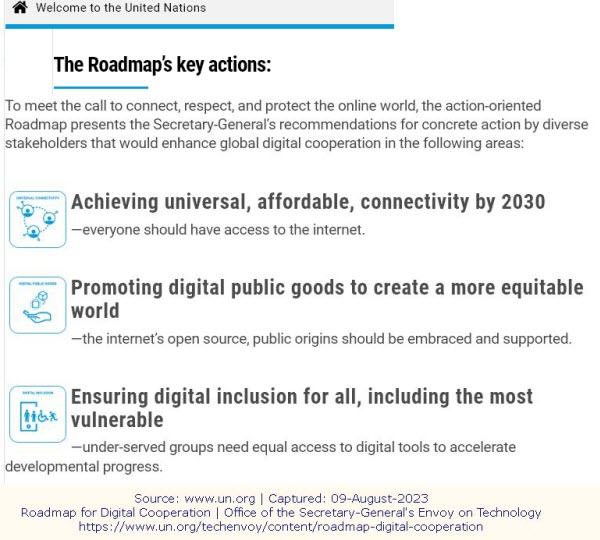
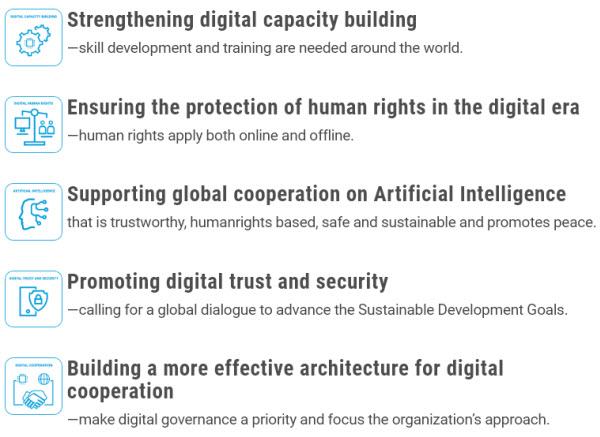

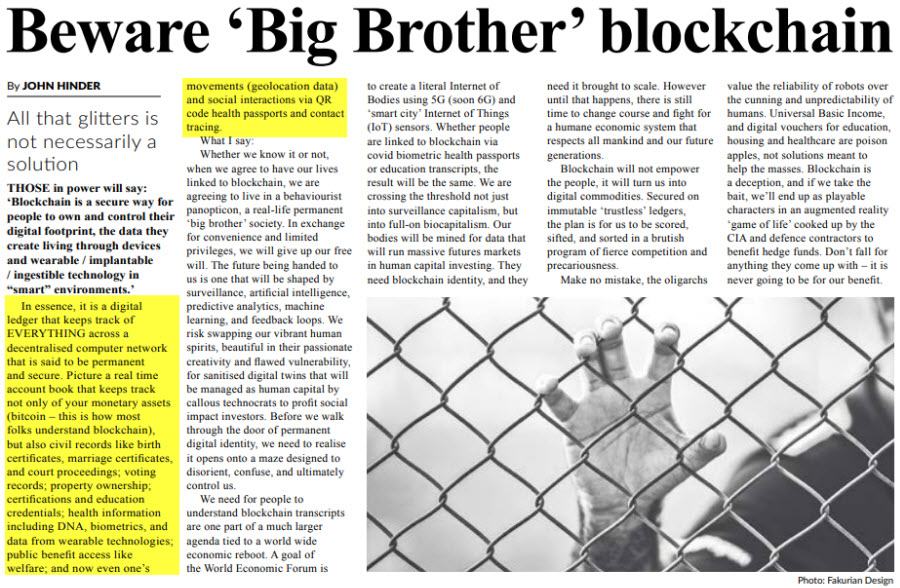
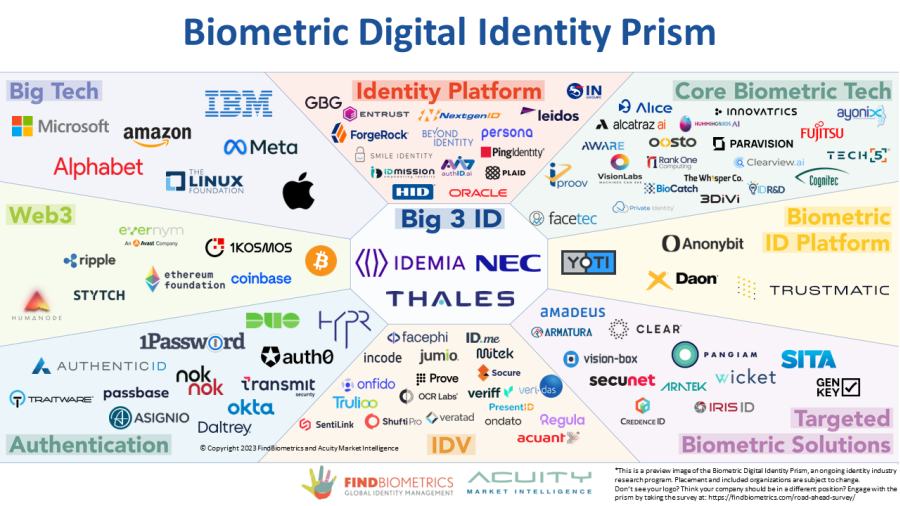
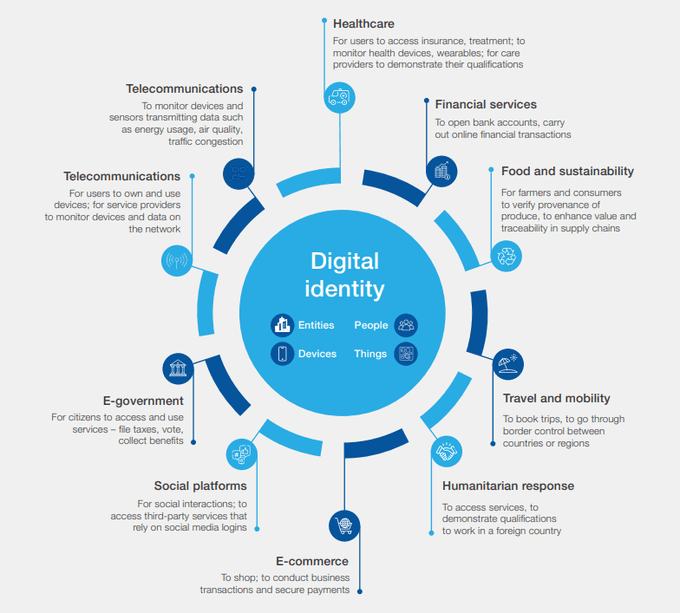
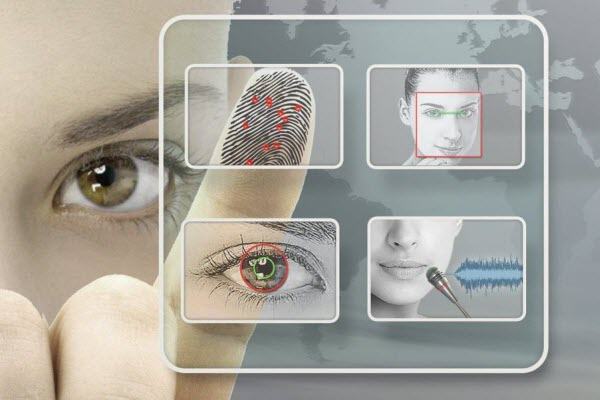
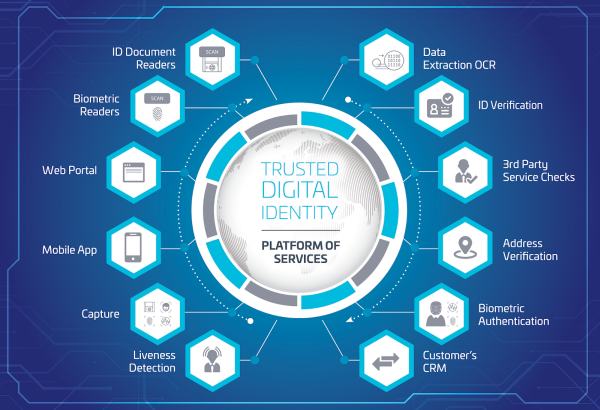

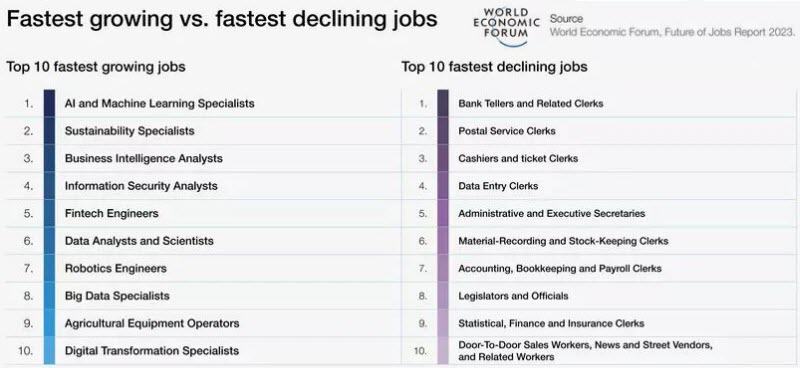
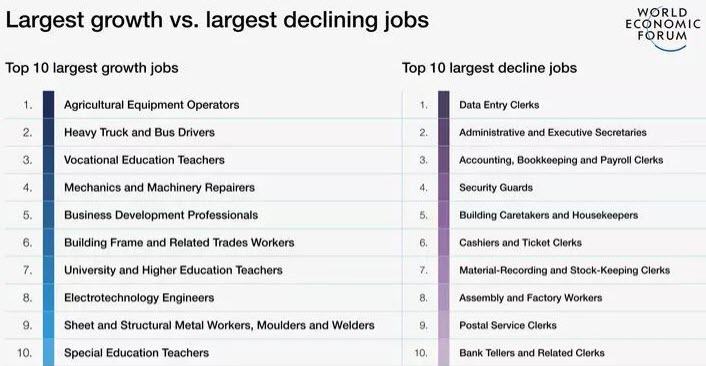

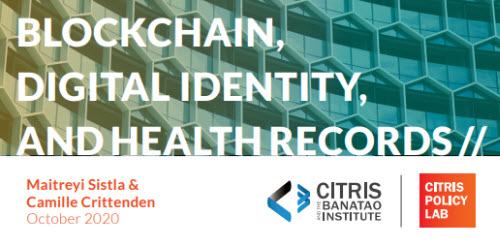
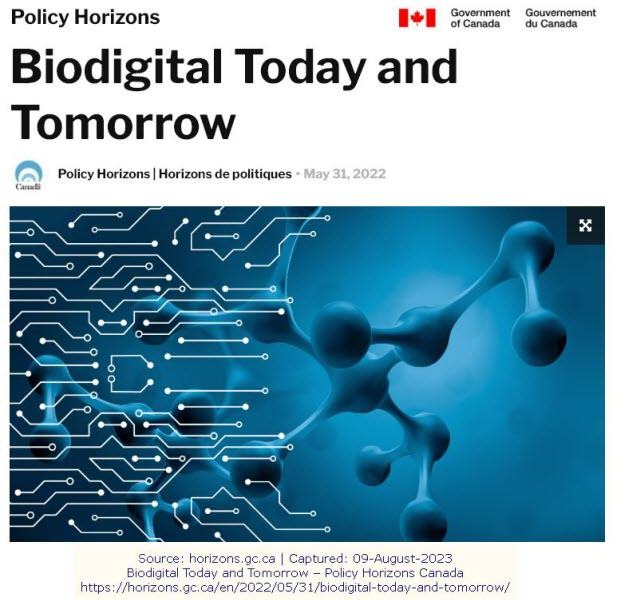
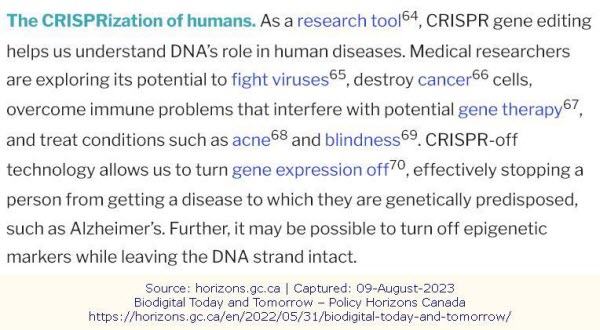
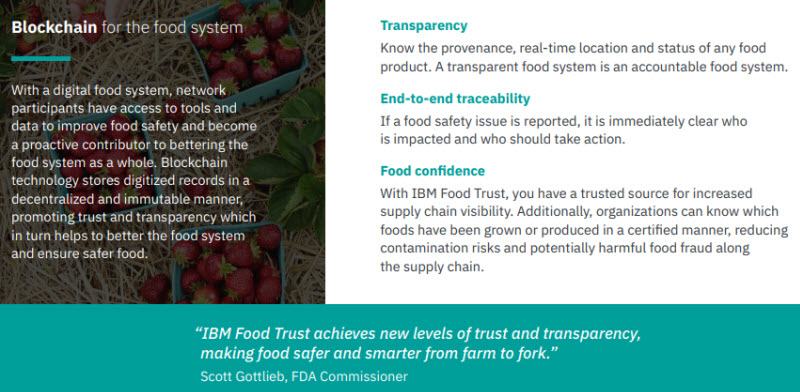
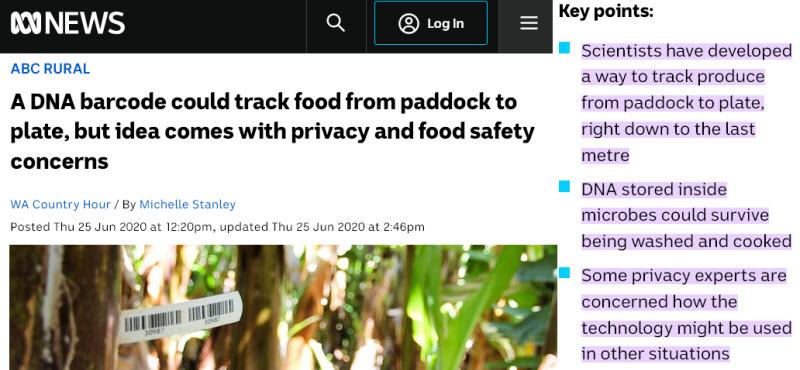
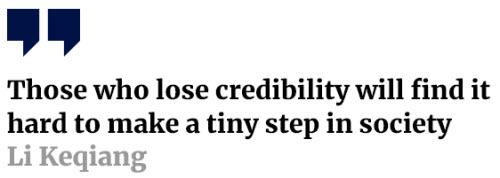
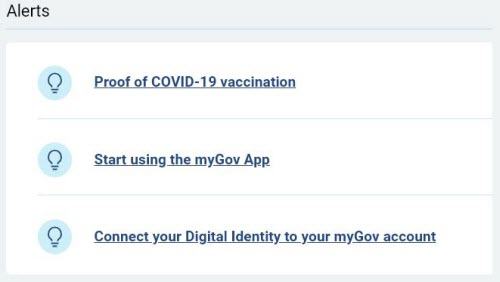
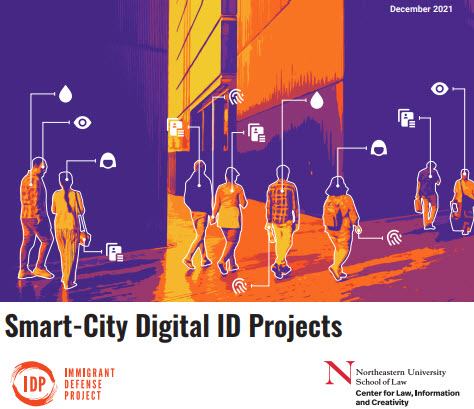

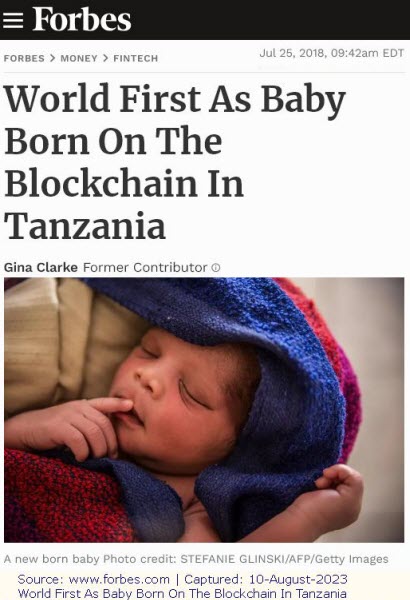
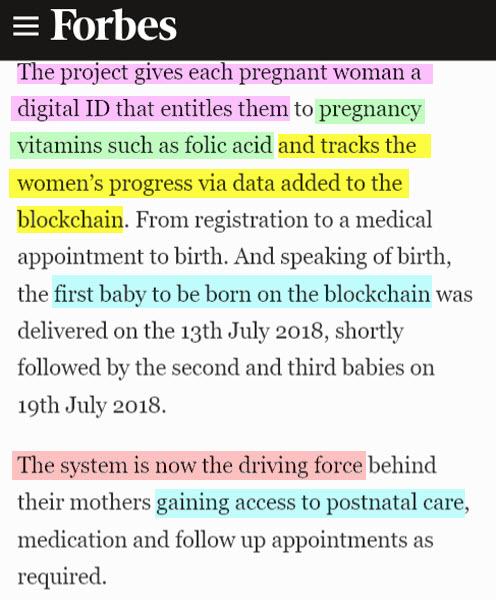
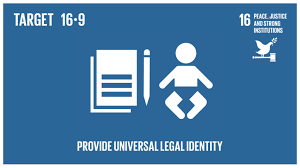
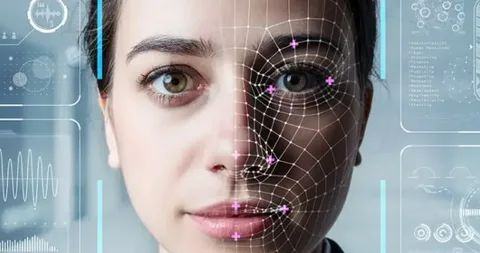


![[ICIC] Former UN Exec. Director & Club of Rome member explains Global Takeover [Dec 2022 | Jan 2023]](https://pennybutler.com/wp-content/uploads/2023/01/icic-UN-clubofrome-CalinGeorgescu-oligarch.jpg)
